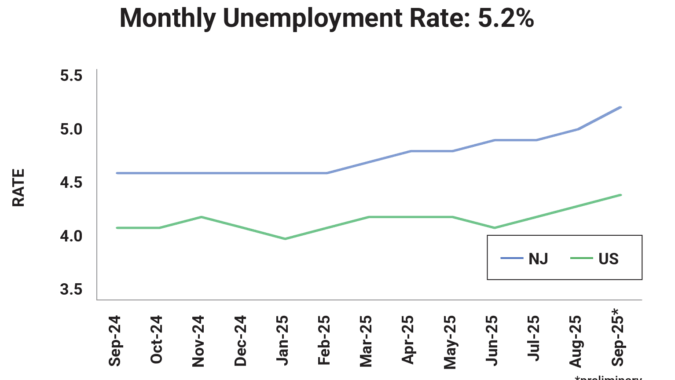Business owners who now have employees working from home, whether it is part time, full time, or temporarily because of a COVID accommodation, must be particularly careful about maintaining accurate records of hours worked and managing authorized leaves of absence.
At the Feb. 2 meeting of NJBIA’s Human Resource Council, attorney Michael Shadiack, the chair of Connell Foley LLC’s Labor and Employment Practice Group, discussed how not to run afoul of wage and hour laws with remote workers, as well as the importance of updating and adapting company policies and handbooks to reflect the realities of managing a remote workforce.
“Remember, when you are dealing with your remote workforce, the same wage and hour laws apply as if they are working in the office,” Shadiack said. “And a mistake I’ve seen many employers make during the pandemic is not tracking the hours worked by their non-exempt employees.”
Employees who are classified as “non-exempt" – those who by law must be paid time and a half for any hours they work beyond 40 in a workweek – must have their hours properly recorded and preserved by their employer for seven years. Otherwise, the business is legally vulnerable to future claims by employees, or former employees, alleging they were not paid overtime that they were owed.
“If there are no records of the hours the person worked, there’s a rebuttable presumption that the employee is correct, that what the employee is alleging is true,” Shadiack said. “With your remote workers, make sure there is some way they are recording their hours worked back to the office and that those records are being preserved.”
Similarly, rules about meal breaks and rest periods apply to non-exempt employees working from home just the same as they would apply to non-exempt employees inside a regular workplace.
“We all know that when people are working remotely, it’s not as structured of a day as when they’re in the office,” Shadiack said. “Are they really taking those unpaid breaks? Or are they continuing to work? Because if they are continuing to work, they have to be paid for that time,” Shadiack said.
Employers should reinforce with remote employees that they must use break time and account for that on their timesheets, or by logging out of their computers while on break. “If you have an employee that works through their lunch every day, well think about it. That’s a half-hour everyday times five and that’s going to put them over 40 hours in a week – and that’s overtime.”
Employers also can run into trouble with the law if they approve a remote worker’s request for a leave of absence and then continue to call or send work to the employee at their home.
“Many employers think well, the person’s home anyway, so what’s the difference?” Shadiack said. “But there’s a big difference. Employees who are on leave can’t be assigned work.”
In fact, if the employee who normally worked from home is authorized to take a leave of absence granted under the federal Family Medical Leave Act or the New Jersey Family Leave Act, it would be a violation of that employee’s rights to give them work at home, Shadiack said.
“We have to make sure our supervisors and managers understand that, and that they are not picking up the phone or emailing someone who is on an authorized leave of absence,” Shadiack said.
To watch the entire online seminar, go here.




